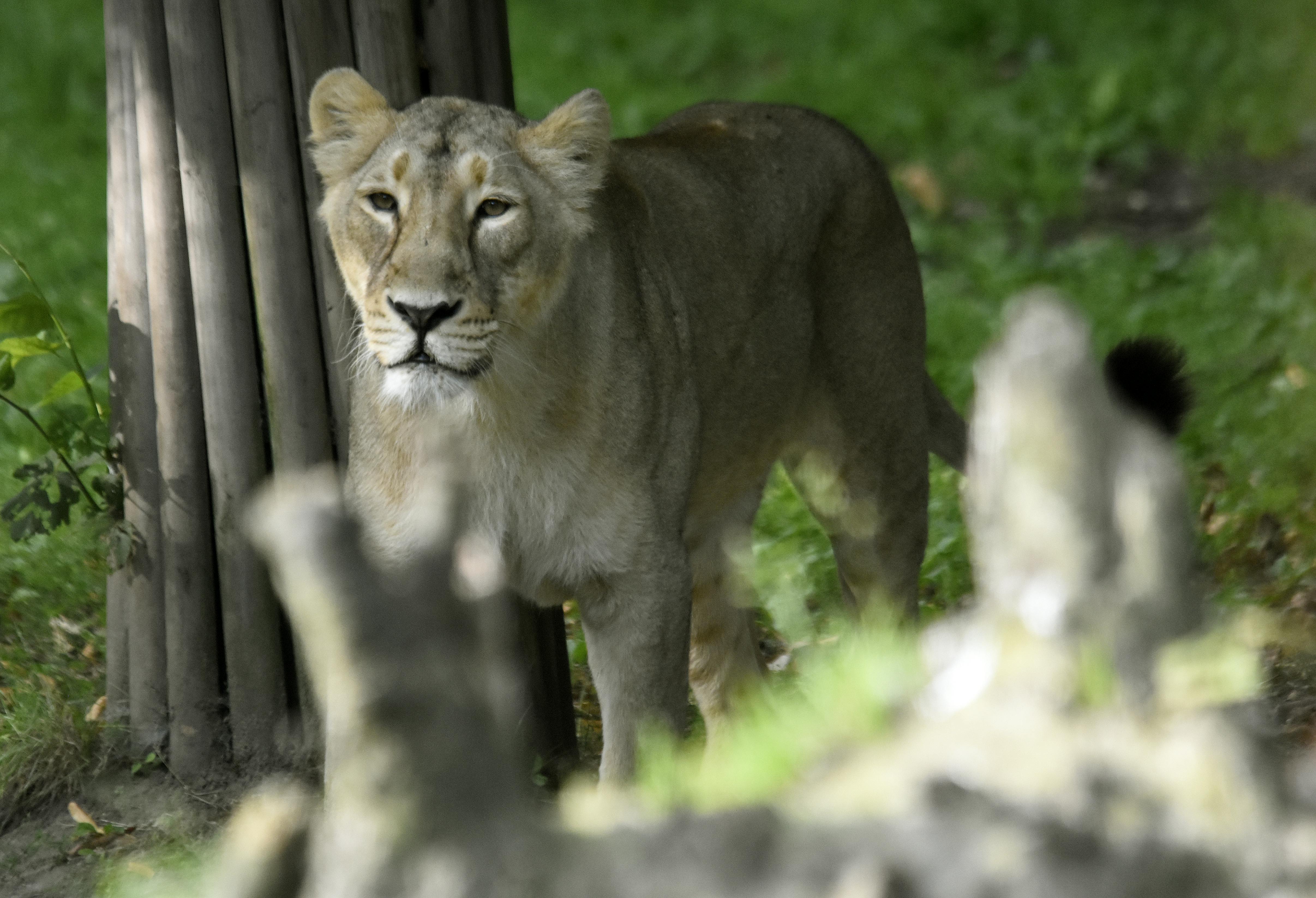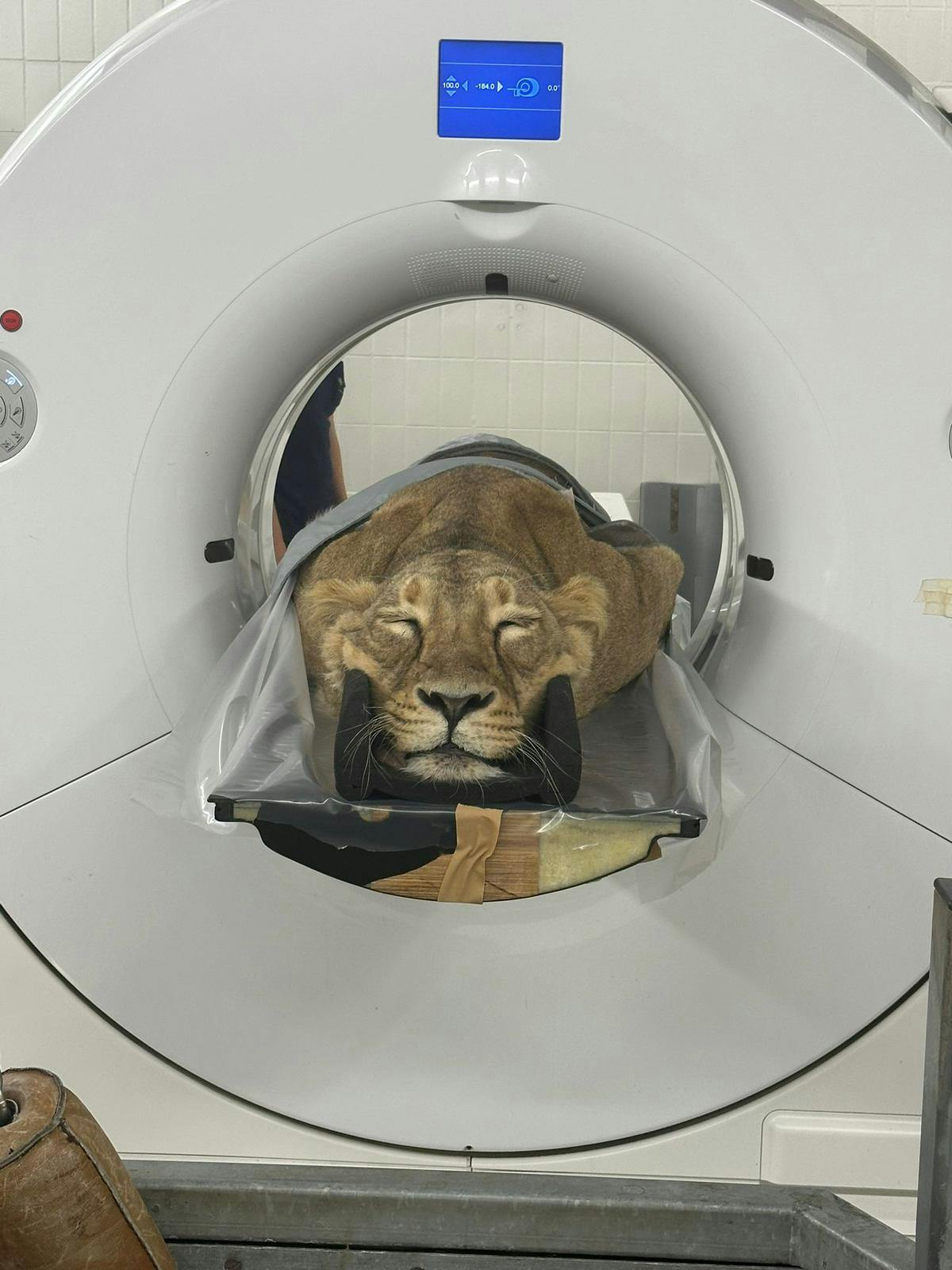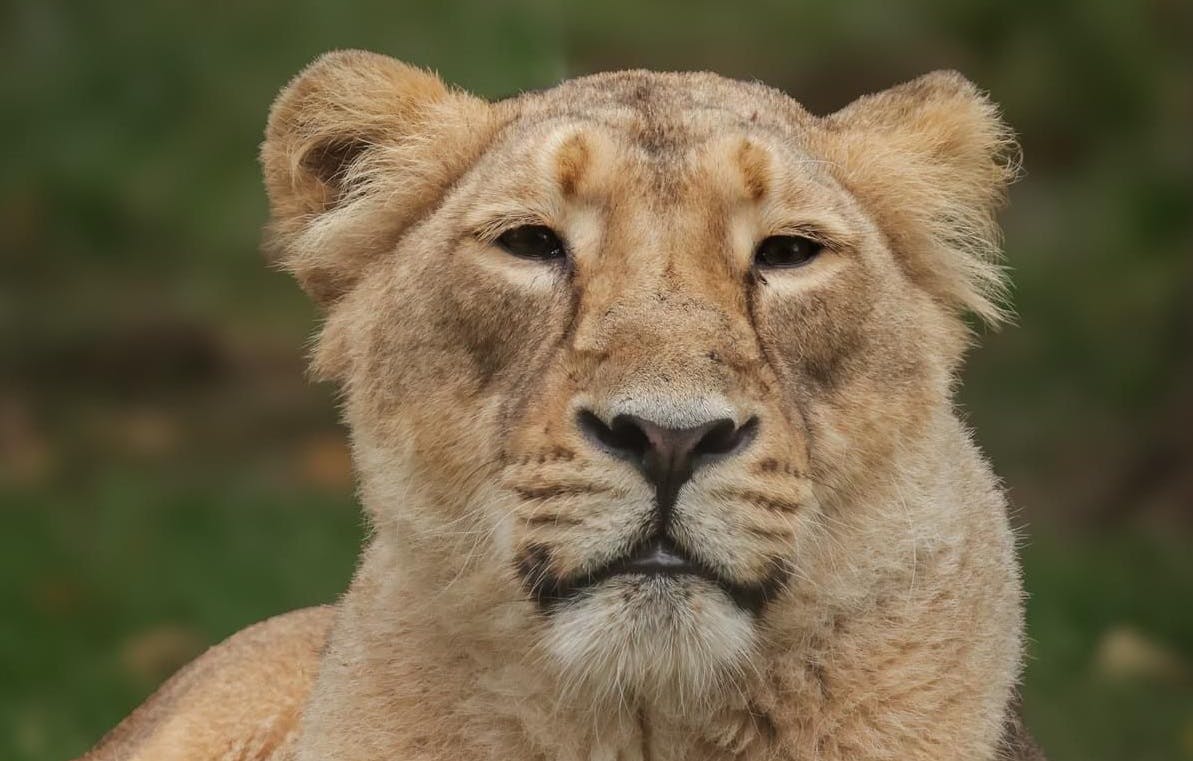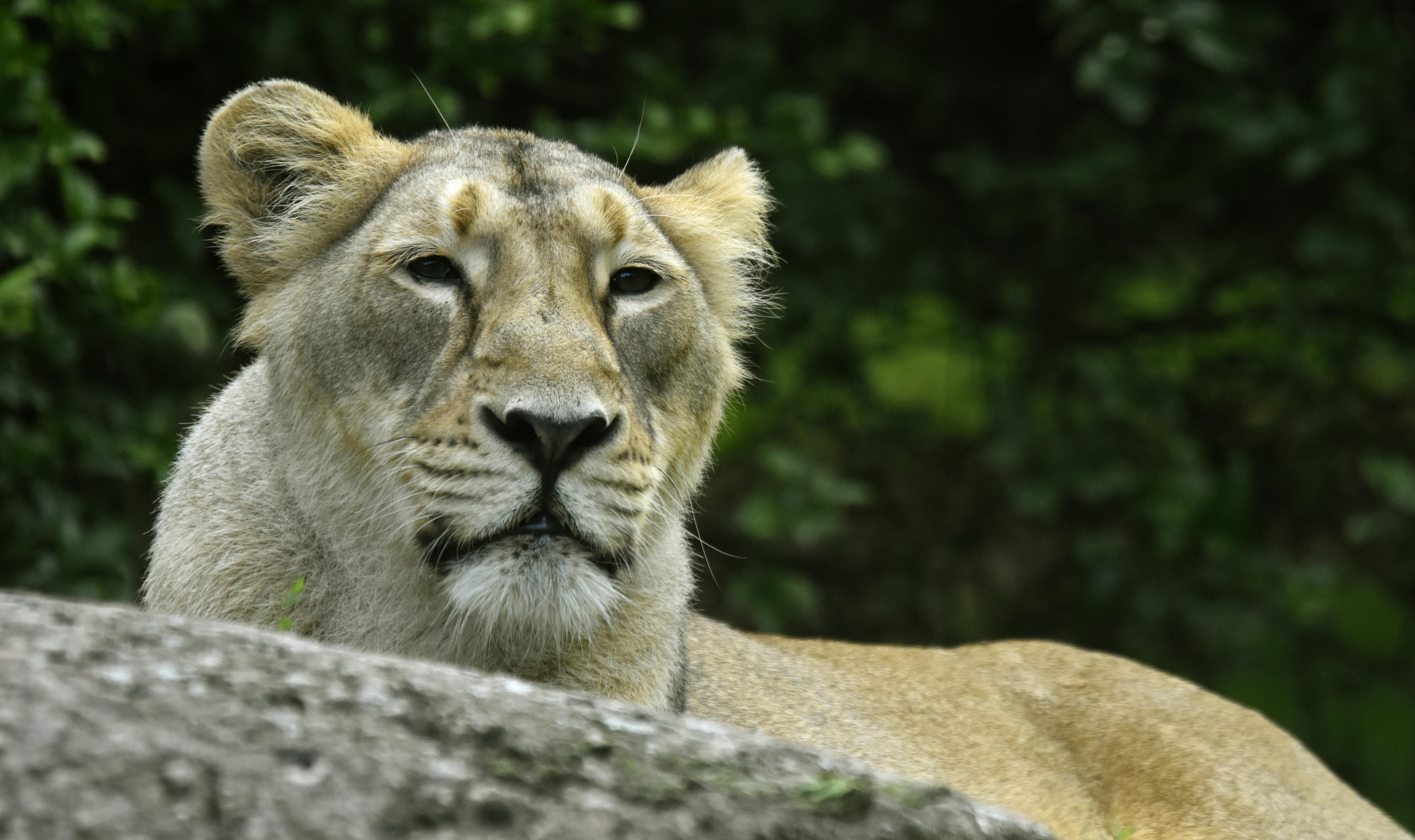

It had been in the air for quite some time and on Friday it finally happened. Diergaarde Blijdorp has said goodbye to lioness Reena. The 5-year-old female had been suffering from neurological issues since a young age, which resulted in ataxia.
Ataxia is a condition that has been known for some time to also occur in Asian lions. Both in zoos and in the wild. The progressive condition manifests itself in an increasingly abnormal way of walking, stumbling, and staring upwards. The symptoms had worsened in recent months, which led the zoo to decide to euthanise the animal. As the coordinator of the European population management programme, Diergaarde Blijdorp is researching these neurological issues. This research has shown that affected animals cannot recover. Therefore, in close consultation with the vet and caregivers, it was decided to put Reena to sleep. Her sisters, Mette and Asha, who suffered from the same condition, had been euthanised earlier.

For years, the European population management programme, Utrecht University, and the University of Rome have been jointly conducting a large-scale study into the cause and prevalence of ataxia in Asian lions. This research is crucial for the survival of the small remaining group of Asian lions in zoos and in the wild. Lioness Reena was immediately transported to the Faculty of Veterinary Medicine at Utrecht University after her death, where she will be part of an extensive study in the coming period.

Earlier this year, Diergaarde Blijdorp successfully introduced lioness Lalana to a new male lion named Wishu. Both Lalana and Wishu have no neurological issues and are expected to produce healthy offspring in the near future. This is very much needed.

The Asian lions in Blijdorp are part of a global reserve population to protect the vulnerable species from extinction. In the wild, Asian lions are only found in and around the Gir Forest National Park in Northwest India, where about 700 individuals live.